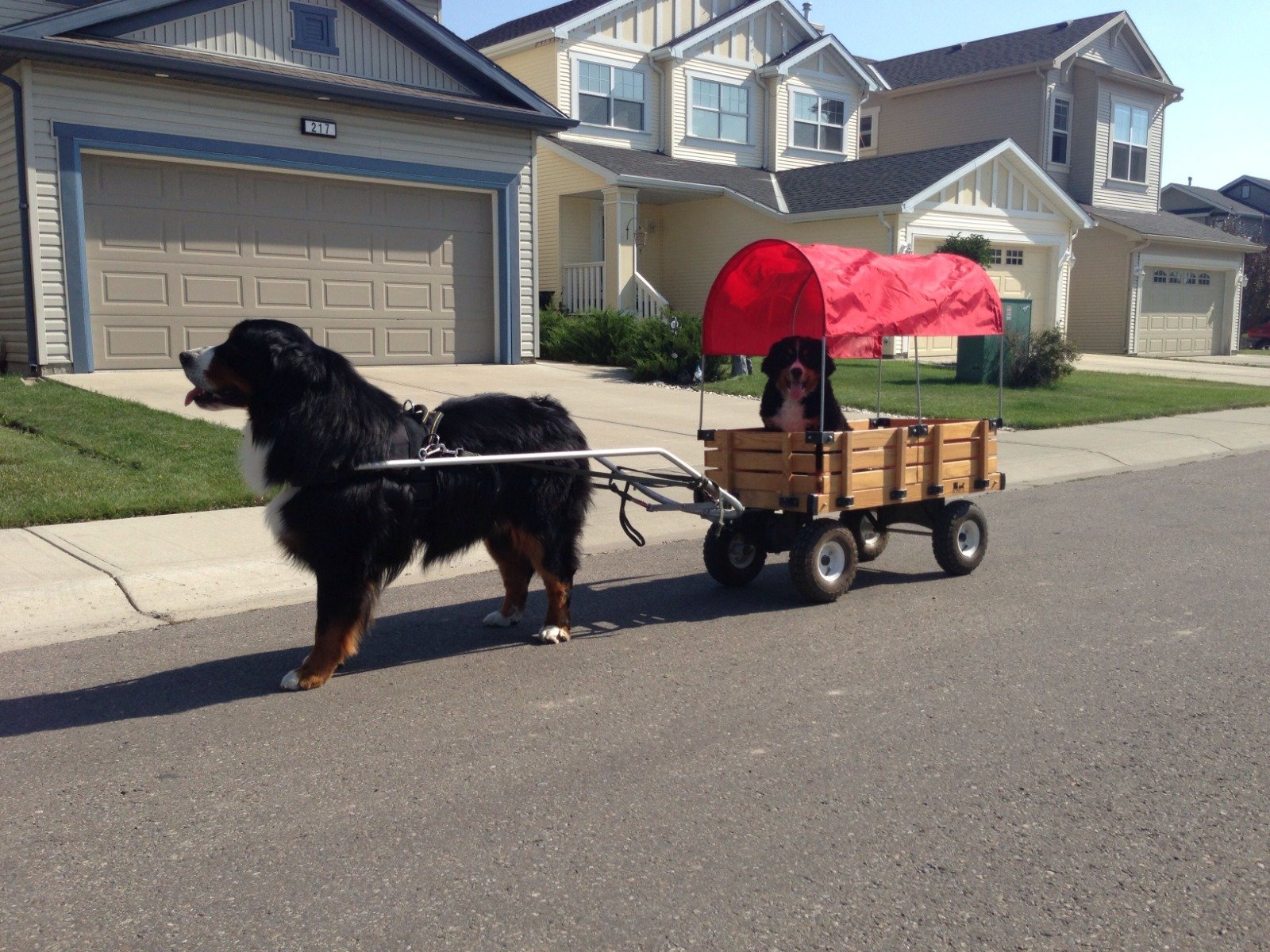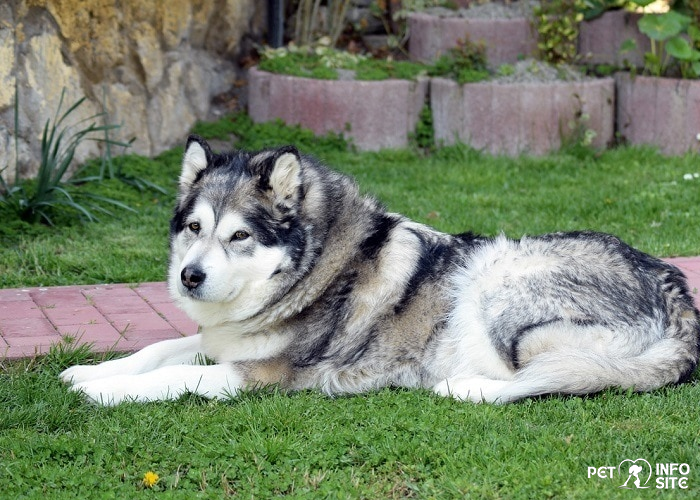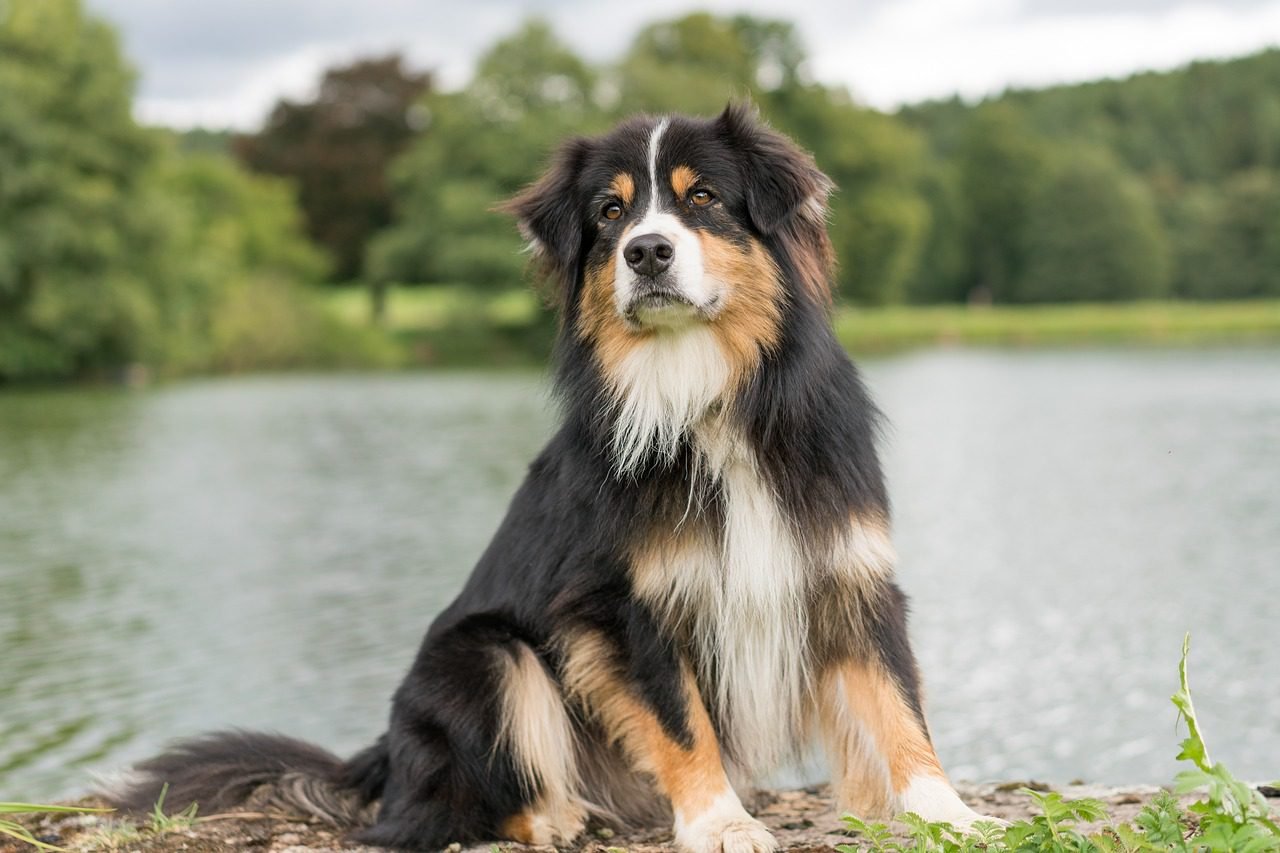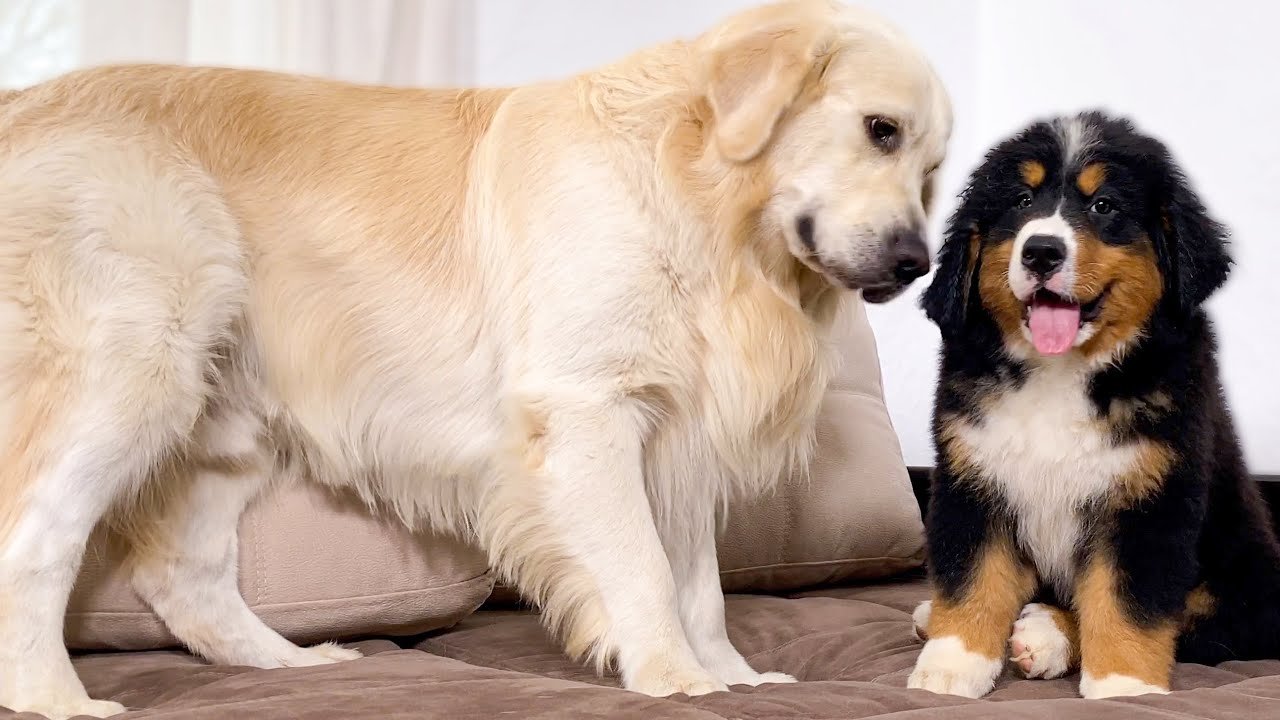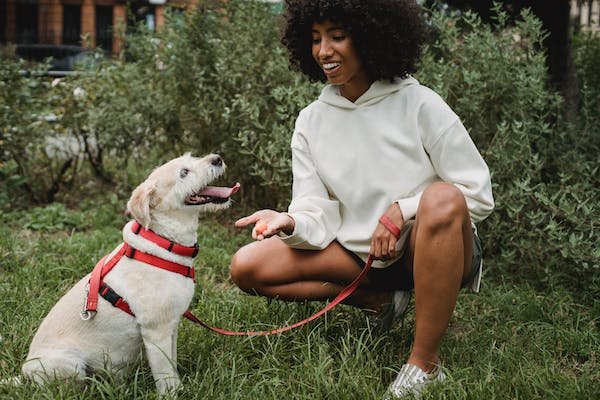Additional Dog Recreation: Drafting & Carting
Did you recognize that service cart pulling for dogs can experience a sense of accomplishment and enjoyment when they Carting and Drafting Pulling For Dogs? In our most recent article, discover how this uncommon line of employment affects service dogs’ quality of life.
Not only is it entertaining to train your pet to pull a cart, but it is also useful. For transporting firewood, delivering groceries, and entertaining kids, a dog cart is a great tool. By passing carting examinations, several dogs like Rottweilers, Newfoundlands, and Bernese mountain dogs can obtain drafting titles from their breed groups.
Learning your pet to pull a cart is a fun workout for both of you, regardless of your desire to compete in drafting events or win titles. In addition to being a show-stopper in community parades, a dog-pulled cart can also be an attraction.
Many national breed associations allow all dog breeds, including mixed breeds, to participate in the sports of drafting and carting. Many dogs were, and still train to assist on farms by pulling carts to assist with delivering goods.
Dogs enjoy pulling, and this allows them to enjoy this legitimate behavior. The first mixed-breed combination to win draft titles is Jackie Phillips and their All-American dog, Dino. This article provides you with all the information you need to begin getting your dog started, from equipment training.

Service Dog
Tactical activities travel out via working dogs. They have grown up for a specific “job,” which they have. Working dog breeds have strong intelligence, are rapid learners, and are sharp asses.
The Siberian Husky (my favorite breed!), Bernese Mountains Dog, Great Pyrenees, St. Bernard, and Rottweiler are a few characteristics of working dog breeds.
Cart Pulling for Dogs of Bernese Mountains
Large and gentle, the Bernese Mountains Dog is a working carting and drafting pulling for dogs breed. They came from Switzerland and in job as working dogs on farmland for many years, helping with cart pulling, guarding, and herding.
The characteristic tricolored coat of Bernese Mountain Dogs, which is usually black with white and rust-colored markings, is what makes them so famous. They are perfectly adapted to their natural Alpine environment thanks to their thick, double coat, which helps shield them from the cold. Do they molt? That’s a resounding YES!
Not only do they have an amazing appearance, but they are large, sturdy, and designed for heavy lifting. I completely agree that they acknowledge to be sweet. Every Berner I’ve encountered has been incredibly amiable and loving. Additionally, they make excellent therapy dogs.
Tools Required
Carts
The primary piece of equipment you’ll need is the cart itself. There are several kinds of carts available, from damaged carts for bigger breeds to lightweight carts for little dogs. Make sure the cart you select fits the size and strength of your dog.
Harness
A harness is a must when training your dog to assist with Cart Pulling for dogs. It lessens the chance of damage and aids in the equal distribution of weight. Select a harness made especially for pulling carts; these are usually stronger and more reliable.
Lines
The ropes or straps known as “lines” are what fasten the cart to the harnesses. They should be long enough for your dog to walk easily while pulling the cart, and they should be sturdy and long-lasting.
Brakes
To aid manage the cart’s direction and acceleration, a good one should feature brakes. Make sure the cart you select has simple, dependable brakes. This is crucial for everyone’s safety.
Padding
If the harness or cart comes into proximity to your dog’s body, think about adding cushioning to protect your dog’s comfort. This can lessen soreness and burning while pulling for extended periods.
Water and assistance
During cart-pulling sessions, make sure your dog has access to plenty of water and high-value treats. This will make it more pleasurable for both you and your dog, as well as assist keep them refreshed and motivated.
Training required for Cart Pulling for dogs
Both you and your Newfie need to receive training before you start carting. It is not enough to just acquire a wagon, attach your Newfie to it, and hope that they will begin pulling.
When a Drafting and Cart Pulling for dogs, Newfoundland should be able to perform basic obedience commands including sit, stay, come, heel, and leave it. They must not be prone to distraction and possess a strong attention span. The dog ought to remain in work mode when the harness is on, not play behavior.
A dog should be at least two years old and in good physical health, as assessed by a veterinarian’s medical examination before they start pushing a cart.
It suggests beginning with the harness for several days, then adding the traces, and, finally, a few emptied milk jugs allowing the dog to tug and become acclimated to the weight and sound.
Subsequently, train the dog to pull an empty cart before gradually adding weight. It’s crucial to go very gently with these procedures since some dogs may become frightened when they connect to the cart for the first time.
1 Step
Give your dog the command to “stand-stay.” This simplifies cart labor and makes it easy to put the harness onto and take off your dog. Keep your dog standing and on a leash. Assure him to “stand, stay.” To hold his interest, hold a treat just in the middle of his nose.
If he is sitting, move the treat just a little bit so that it is at eye level and he is going to stand to observe it. Give him something for standing. Say “stand, stay” again. As he stands, give him a gentle pat on the back and sides to help him learn how to remain motionless in the face of distractions.
If he shifts, tell him to “stand, stay,” then put him back where he was. Treat him solely when he remains still to reinforce that habit. Proceed with this behavioral modification unless your dog can stay still until you give him a verbal cue, such as “OK,” or whichever your preferred release word is.
2 Step
Put your dog in the harness and give him some time to become used to it. Keep the process simple and stress-free because you would like your pet to associate the harness with enjoyment. While he wears the harness, engage with him and offer him some treats.
Until he accepts the harness sans any fuss, let him wear it for brief intervals. While some dogs may reach this stage in just a single session, others may need several days. Have patience.
3 Step
Make two holes close to the bottom in the front edges of a cardboard box. Bring the unfastened portions of the string up to the dog after running it through the holes. Tie one end of the string to the harness on each side and fasten the string to his collar.
Say “Let’s go” to your dog as you start to walk. It will be easy for the cardboard box to slide behind him. The package will be almost silent if you begin him walking on grass, and he won’t mind pulling the little weight though he might glance back at it several times.
Put some weight in the box by dropping a sweater or sweatshirt inside if it bounces too much. Encourage your dog a lot, and he or she will probably forget about the box.
Work with this container until your dog can pull it without hesitation. Use the initial terms “gee” for turning right, “haw” for turning left, and “whoa” or “stop” for stopping while you are strolling him on a leash. When he’s ready to work off-lead, you’ll be able to guide him vocally once he understands some standard draft commands.
4 Step
Attach a pair of 5-foot molding strips to the ends of 15-inch 2-by-4 boards using nails. For every molding strip that has unconnected ends, drill three holes measuring 1/4 inch. Drill an opening 4 inches from the final point for the first one.
4 inches for the second, and 4 inches for the last one. Your dog won’t have to become acclimated to a cart to become acquainted with cart shafts thanks to our educational rig.
5 Step
Insert a piece of thread around the hole nearest the tip of each molding strip to secure it to the dog’s harness. Although the wood is currently far back from your dog’s shoulders, it will still seem like cart shafts to him and shouldn’t worry him.
Once he appears at ease with the configuration, fasten the shafts onto the harness by inserting thread through the center holes. He could need some time to get used to the training shafts being closer to his body in this way. As soon as he undertakes, you can connect the instructional shafts through the third hole, positioning the shaft approximately a foot in front of the harness’s rings.
Take your dog on long walks while the training shafts are safe. Give him lots of rotations so he can become used to the sensation of something moving with his body. He’s ready to move up to a cart once he’s become used to this instead of before.
6 Step
When your dog pulls the cart, attach the harness to his and take a walk with him. Begin with an empty cart and add weights to it gradually.
To what extent can your Cart Pulling for dogs lift a load?
Since every dog is unique and there are many factors to consider, including your dog’s condition, the kind of cart or wagon he is pulling, the type of ground he is pulling on temperature, and humidity, I won’t put a number on this.
With any luck, this clarifies a few of the queries that a lot of you experienced. Kindly keep in mind to approach this journey cautiously and thoroughly investigate the subject matter before embarking on it.
Don’t push your dogs; not all animals will enjoy carting. This should not be something you mutually regret, but rather a wonderful opportunity for you and your companion to bond.
Check out your local organizations to see what events plans exist; we’ll be posting our yearly Christmas tree pull list in November, so stay alert! I’ve observed that several regional clubs are hosting an October pumpkin haul this year, so keep an eye out.
The Seven Dogs Cart Pulling for dogs Mysteries
During World War I, smaller field weapons were pulled by Drafting and Cart Pulling for dogs
Dogs in job by armies and governments for a very long time, although mostly as fighting dogs. Nonetheless, drafting dogs in jobs in the First World War to tow tiny field artillery over challenging terrain and to pull supply carts.
The dogs would find themselves under constant fire, so in addition to having to be able to pull their weight and navigate difficult terrain, they also needed to maintain their composure.
All Breeds Are Welcome To Cart Their Dogs
Carting groups are usually accessible to all breeds, while the sport is most commonly connected to huge breeds like Mastiff and Bernese Mountain Dogs.
If your pet enjoys exercising and knows a few basic commands, you will likely be able to locate a club that they can join. The height of the cart and the amount of pounds hauled in the cart will vary depending on the size of the dog.
The Breed That’s Most frequently Connected With Cart Pulling for dogs Is Bernese Mountain Dogs
Effective drafting has always involved the employment of Bernese Mountains Dogs. In the past, they in job of pulling carts filled with dairy products and other dairy-related goods from farms to marketplaces and other destinations.
They were an obvious choice because of their size, durability, and willingness, and because of this combination, they are currently one of the most commonly used kinds of carting dogs.
Throughout the Summertime, Sled Canines Are Frequently Maintained in Condition Through Carting
Sled puppies utilize carting as an additional way to maintain their summertime physical fitness. Typically, sleds pull breeds like Malamutes and Huskies across snow-capped slopes.
However, they have to conserve their muscle and endurance during the summer months because there is no snow. As it’s frequently called, dry sledding helps them stay fit and helps those who manage them train them.
Dogs Shouldn’t Begin Cart Pulling for dogs Until They Are Physically Adult
Carting has no age limitations, but you should wait unless your dog has reached full physical maturity and at all times have your dog examined by a veterinarian before participating in the sport. This can mean delaying until a dog is 12 months old for certain breeds, but it can also mean waiting until a large breed like the Bernese Mountains Dog is 2 years old.
If your dog is still developing and you want to start carting, spend some time teaching him some fundamental commands. To give the dog time to get acclimated to wearing a harness, you may additionally use one.
The Name of the Most Popular Harness Is Siwash
The most popular style of harness becomes obvious a Siwash, though these are less expensive band-type harnesses obtainable as well. This features traces, stomach straps, and customizable brake loop straps in addition to chest straps.
The harness distributes the load’s weight, improving the dog’s comfort and allowing it to pull bigger weights.
The global community record for the most weight pulled by an Alaskan malamute is 5,400 pounds
Because it works to pull burdens and works for sledding, the Alaskan Malamute is a preferred breed for shipping. It’s a powerful breed as well. Delbert, an Alaskan Malamute, is a worldwide record holder for the biggest weight he can pull. With 5,400 pounds of thereby affecting their Delbert set a new record.
Conclusion
In conclusion, the global sport of Carting and Drafting Pulling For Dogs pulling presents a special opportunity for entertainment as well as usefulness. This post has covered the many advantages of teaching dogs these abilities, from the fulfillment that service dogs derive from participating in these kinds of events to the practical use of dog carts for carrying firewood and delivering shopping.
The article also explores the unique qualities of working canine breeds, with an emphasis on the Bernese Mountains Dog in particular, which is well-known for its huge, kind disposition and its long history of helping with farming activities.
The article also offers a thorough overview of the equipment needed for carting, stressing the value of a proper cart, harness, lines, brakes, cushioning, and sufficient hydration between training sessions.
Dogs are now introduced to carting activities safely and gradually thanks to the detailed training instructions that come. The fact that advice and factors like the dog’s age and physical condition emphasize the level of responsibility involved in taking canines on walks.
In the end, the conclusion advises readers to proceed with caution and consideration, keeping in mind that certain carting and drafting pulling for dogs enjoyable and that it should be an enjoyable endeavor for both the person who carts and the dog.
People who enjoy participating in dog carting can discover chances to spend quality time with their furry family members and engage in interesting activities by looking into local groups and events. After reading this article, readers will have a greater awareness of the numerous uses and lengthy history of carting and drafting pulling training dogs.
FAQs
Which breeds of dogs are typically involved in transporting and drafting pulling?
Larger species like Rottweilers, Newfoundlands, and Bernese Mountains Dogs are frequently linked to carting and drafting pulls, while other breeds can also take part.
What advantages come with teaching a dog how to draft and Cart Pulling for dogs?
In addition to being entertaining. Hauling a dog works for real-world tasks. Like delivering food products. Moving wood for burning, and attending neighborhood activities.
Is carting and drafting only for certain breeds of dogs, or are all breeds allowed to take part?
Participation in carting and drafting activities is open to all canine breeds, including hybrid breeds. According to most national breed groups.
What tools need for drafting pulling and transporting tasks?
An appropriate cart, a harness, lines, brakes, and padding for the dog’s comfort are essential pieces of equipment. Every piece of gear is essential to guaranteeing a fun yet secure session.
How old must a dog start carting, and what kind of education is important?
Before beginning carting, dogs ought to be a minimum of two years old and in excellent physical shape. Basic obedience instructions, equipment introduction progressively, and gradual acclimatization to pulling are all part of the educational process.

